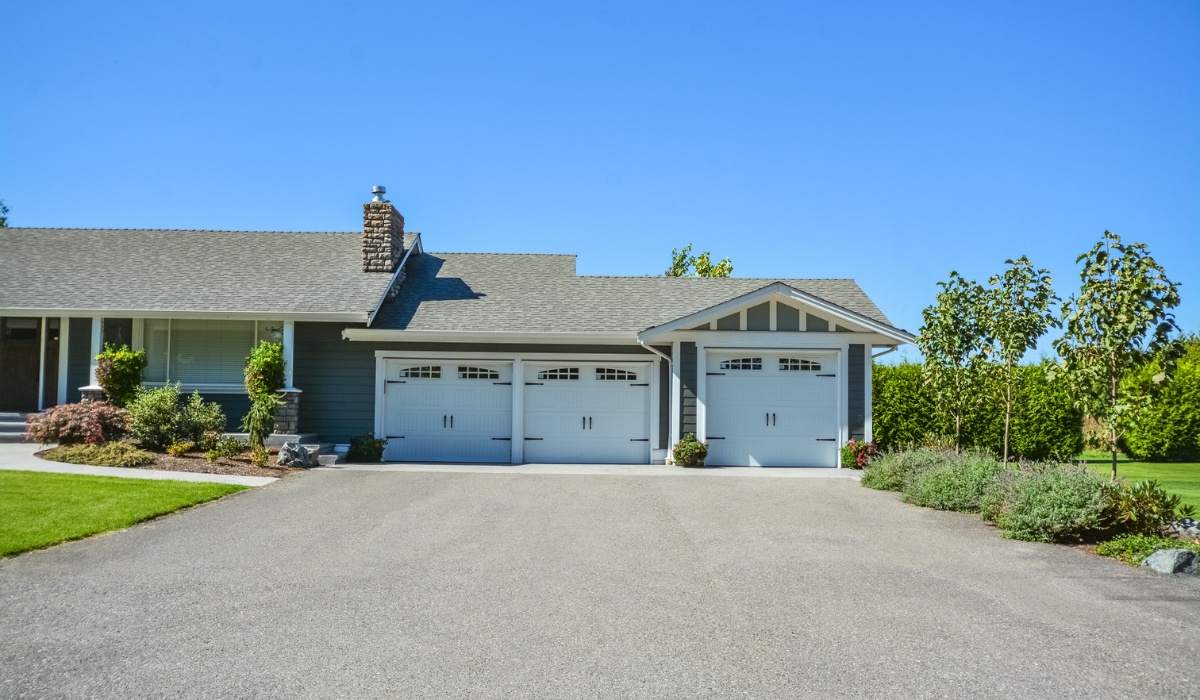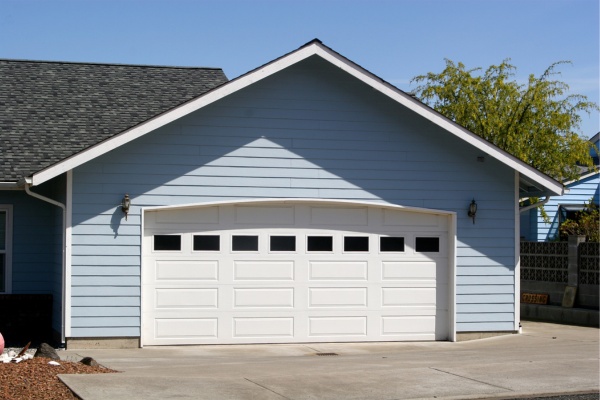Deciding where to live in Alberta involves weighing numerous factors—from the pace of life to economic opportunities. Edmonton, a bustling urban center, offers vibrant city living, while Sturgeon County appeals with its tranquil rural charm. This comparison will help you explore the key differences and similarities between these two distinct communities, empowering you to make an informed relocation decision.

Overview of Edmonton and Sturgeon County
Edmonton, Alberta’s capital city, is a dynamic urban hub known for its vibrant cultural scene, diverse population, and economic vitality. With a population exceeding 1 million, Edmonton’s urban core includes thriving neighborhoods featuring high-density housing, shopping districts, and abundant amenities. The city's demographics skew younger, with many families, professionals, and students contributing to its energetic atmosphere.
In contrast, Sturgeon County encompasses a sprawling rural region just north of Edmonton. It is characterized by low population density and expansive acreage properties, providing residents with spacious living and ample privacy. The county's population is smaller and more spread out, composed largely of agricultural families, rural homeowners, and small business entrepreneurs. This blend makes Sturgeon County a serene alternative to fast-paced city life.
Population density and demographics highlight the urban versus rural divide: Edmonton's compact urban environment contrasts sharply with Sturgeon’s open countryside and agricultural lands. Understanding these distinctions is critical when considering lifestyle preferences, such as preferences for community size and access to urban services.
Cost of Living and Housing Comparison
Housing costs are often a decisive factor for those moving within Alberta. Edmonton’s housing market offers a mix of apartments, condos, townhomes, and single-family houses, typically with higher prices per square foot. Average home prices tend to be elevated in central neighborhoods owing to proximity to amenities and infrastructure. Rent prices in Edmonton also reflect the demand for accessibility and city living.
Sturgeon County provides more affordable housing options, especially for those seeking larger properties or acreage. Many homes come with significant land parcels, which is appealing for privacy and outdoor space but often comes with higher utility and maintenance responsibilities. Property taxes in Sturgeon County are generally lower than those of Edmonton, reflecting differences in municipal services and infrastructure costs. However, some utility expenses—such as well water, septic systems, and rural power lines—may increase overall living costs in the county.


Choosing between urban condos or rural homes depends on your priorities for affordability, space, and maintenance.
Lifestyle and Community
The lifestyle contrast between Edmonton and Sturgeon County is stark yet compelling. Edmonton offers a fast-paced environment filled with cultural events, diverse dining, nightlife, and year-round activities. Noise levels in the city are higher with busy streets, public transit activity, and crowd density. The city supports a wide range of community events, volunteer groups, and family-friendly neighborhoods that foster social engagement.
Conversely, Sturgeon County boasts quiet surroundings, slower rhythms, and a strong sense of community rooted in volunteerism and local gatherings. Residents enjoy peaceful natural settings, which can help reduce stress and improve mental well-being. Family life here centers around excellent public schools, accessible healthcare facilities, and safe environments with notably lower crime rates compared to urban https://marcolroh466.wpsuo.com/trusted-garage-door-repair-services-near-you areas.
Crime statistics show Edmonton experiences higher incidences of crime typical of a large city, while Sturgeon County maintains a safer profile thanks to its rural nature and tight-knit communities. For families prioritizing security and tranquility, the county offers significant advantages. However, those valuing immediate access to diverse cultural and recreational amenities may prefer the urban vibrancy of Edmonton.
Employment and Economic Opportunities
Edmonton’s economy is diverse, encompassing energy, technology, government, education, healthcare, and retail industries. The city ranks highly for job availability and career advancement, attracting professionals from across Alberta and beyond. Additionally, Edmonton benefits from comprehensive remote work infrastructure, including widespread high-speed internet access, coworking spaces, and business support programs.
Sturgeon County’s employment landscape is more specialized, with agriculture, small-scale manufacturing, and service industries dominating. Remote workers in the county face varying internet connectivity quality, though recent improvements have significantly narrowed the gap. Local government initiatives actively support entrepreneurs and home-based businesses through streamlined permits and community programs.
Employment rates tend to favor Edmonton due to its broader industry base and economic diversity. Yet, entrepreneurs seeking affordable space and a quieter environment may find fertile ground in Sturgeon County’s supportive business climate.
Infrastructure and Transportation
Commute times vary greatly between the two regions. Edmonton residents benefit from robust public transit options, including buses and light rail transit (LRT), making travel within the city accessible and environmentally friendly. However, traffic congestion during peak hours remains a challenge.
Sturgeon County is predominantly car-dependent; rural roads connect residents to Edmonton and neighboring towns, but limited public transit options require owning a vehicle. Commutes into Edmonton can range from 20 to 45 minutes depending on location and traffic.
Utilities infrastructure in Edmonton includes comprehensive municipal services for water, sewage, electricity, and waste management. In contrast, many Sturgeon County households utilize private wells, septic systems, and rural power lines, which requires more personal maintenance and responsibility.
Element Edmonton Sturgeon County Public Transit Extensive (bus, LRT) Minimal Car Dependency Moderate High Average Commute Time 20-30 minutes 20-45 minutes Utilities Coverage Municipal services Mix of municipal and privateInfrastructure and transportation should be balanced with lifestyle and work location preferences when deciding between city and county living.
Environment and Recreation
Edmonton features numerous parks, green spaces, and recreational facilities woven throughout the urban landscape. From the expansive River Valley parks system to local sports complexes and cultural venues, city dwellers have ready access to outdoor and indoor activities.
Sturgeon County offers vast natural landscapes, farmland, and protected green belts that appeal to nature lovers and outdoor enthusiasts. With less urban sprawl encroaching upon rural lands, the county maintains a focus on environmental sustainability and farmland preservation. Opportunities abound for hiking, fishing, horseback riding, and snowmobiling in season.
The environmental impact of development differs: Edmonton faces challenges managing urban sprawl and balancing growth with green space. Meanwhile, Sturgeon County’s controlled development policies aim to safeguard agricultural land and natural habitats.
Recreational options in both locations cater to different lifestyles—urban amenities versus rural immersion in nature.
Local Government and Regulations
Edmonton’s municipal government enforces building codes, zoning bylaws, and development regulations tailored to urban density and infrastructure needs. Permitting processes are well established but can be stringent given the complexity of city planning.
Sturgeon County’s governance focuses on rural development standards, agricultural land use, and property conservation. Building permits may be more flexible in some respects but require adherence to specific environmental and land-use policies designed to protect rural character.
Development trends include Edmonton’s ongoing urban expansion and densification projects, while Sturgeon County carefully manages growth to maintain rural qualities. Potential residents should familiarize themselves with local regulations affecting construction, renovations, and land use in their desired location.
Understanding governance differences helps avoid surprises during property investments or home-building projects.
Making Your Decision: Which Is Right for You?
Choosing between Edmonton and Sturgeon County ultimately hinges on individual priorities and lifestyle preferences:
- Choose Edmonton if: You desire close proximity to cultural activities, diverse job markets, comprehensive amenities, and robust public transportation. Choose Sturgeon County if: You seek larger properties, quieter surroundings, lower property taxes, and a stronger connection to nature.
Consider family needs such as schooling, healthcare access, and safety alongside personal work arrangements—especially regarding commute times and internet connectivity.
Both locales offer unique advantages:
- Edmonton excels at providing an energetic urban environment with plentiful services. Sturgeon County shines with spacious living, community closeness, and environmental tranquility.
Weigh your professional goals, recreational interests, and budget to make the best choice for your next home in Alberta.
In summary, Edmonton and Sturgeon County each represent distinctive lifestyles shaped by urban vibrancy and rural serenity. By analyzing factors like cost of living, community environment, employment prospects, infrastructure, and recreation, you can align your move with what matters most. Whether your heart leans toward Edmonton’s city pulse or Sturgeon County’s countryside calm, Alberta offers rich possibilities for a fulfilling life. Explore your options thoroughly, consult with local experts, and embrace the lifestyle that fits your future.